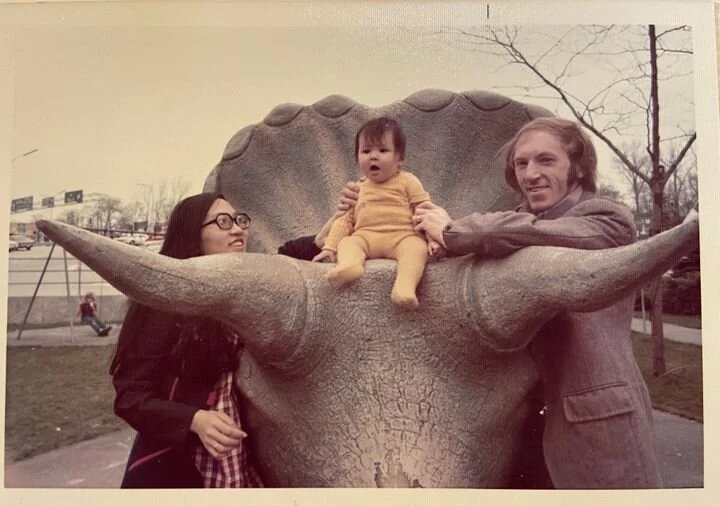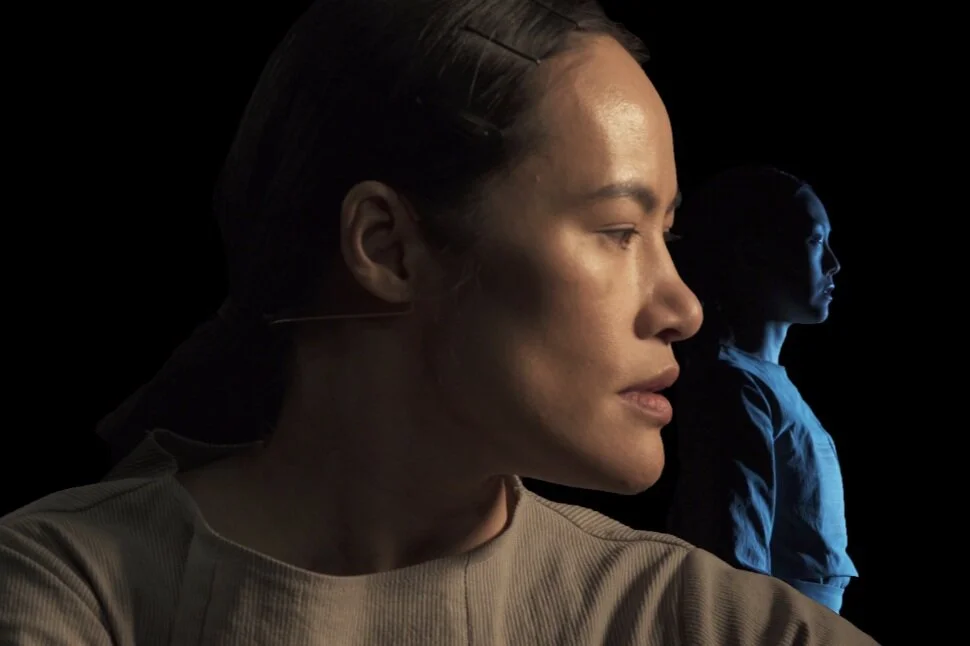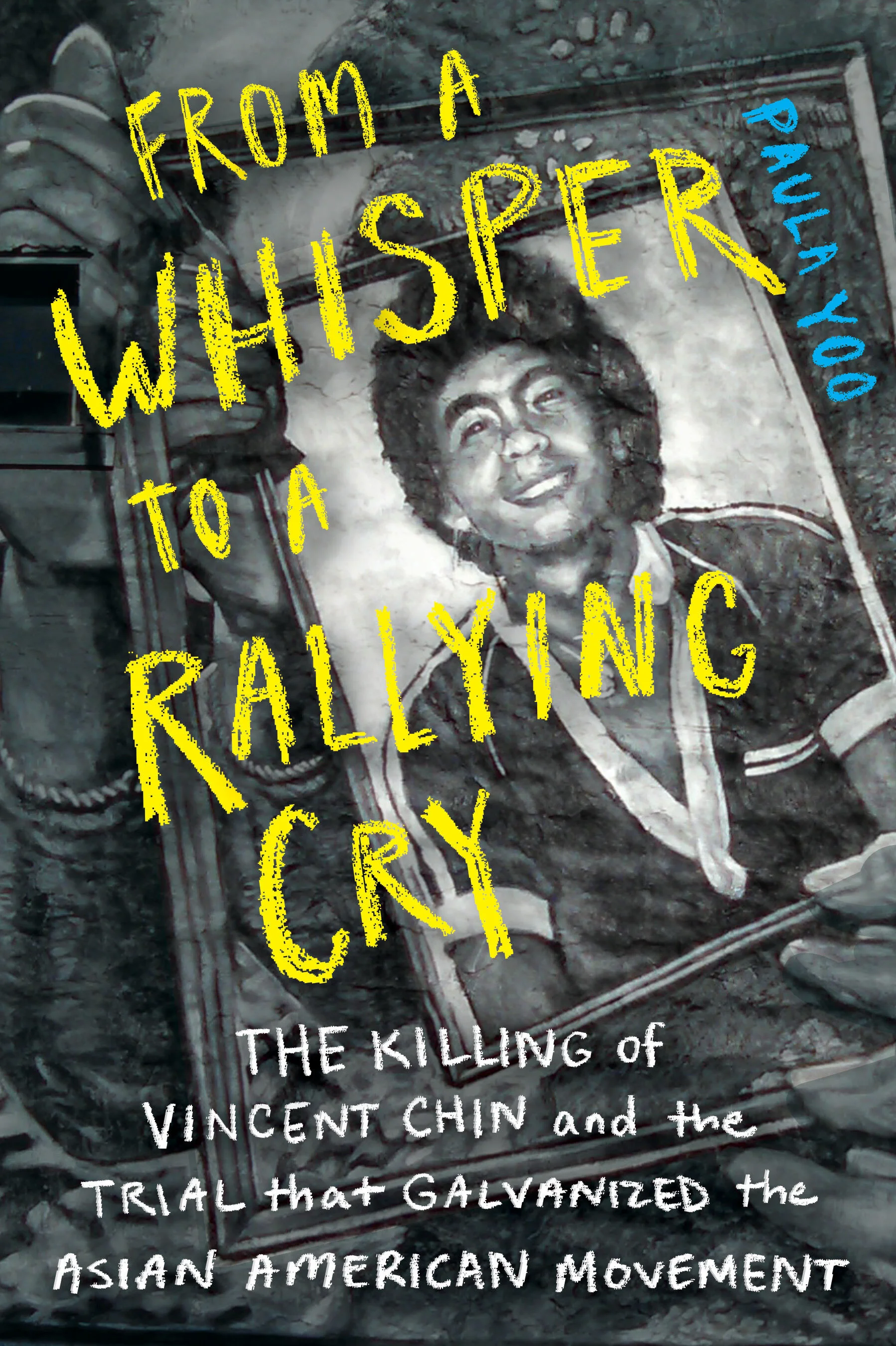Donald Trump’s ‘Chinese Virus’ Coronavirus Tweet Has Me Scared For My Family
Written by Louise Gleeson
Originally Published by Huffpost on March 18, 2020
Republished with Permission from Author
The author’s mom, Doris, in front of her home earlier this week. Courtesy of Louise Gleeson.
Never one to shy away from a camera, my mom threw her head back and gave me a dazzling smile. It’s always a surprise when people learn she’s almost 70 — she’s playful and vibrant, with the high cheekbones and beautiful skin often seen in Chinese women. I always say I hope to inherit her agelessness to join the dark eyes and olive skin she gave me. I drove away with tears in my eyes; my desire to keep my parents safe overwhelming me. I’m grateful they moved close to us years earlier, so I can take care of them now.
“This is who I am protecting. I need you to protect her, too,” I wrote when I shared the photo on my social media once I got home.
Hours later, I read a tweet from Donald Trump in which he called COVID-19 “the Chinese Virus” (the first of several times in recent days he’s done that and a term he defended at his press briefing on Wednesday). My concern was no longer just about my mom’s vulnerability to the coronavirus. Simmering worries I’ve had about our ethnicity became icy fear as I scrolled through the comments. Trump’s language and the expected ripple effects feel very dangerous, even here in Canada, where statements from leaders south of the border have incited and inspired people to behave badly.
In the earliest days of the coronavirus, my mom underwent two-phase eye surgery at our local hospital. No extra precautions were taken when she went in for the first eye, but two weeks later when we returned for the second, screening signs were placed throughout the waiting area and news of the virus had overtaken the media. Headlines played in a loop on the television mounted to the wall above the rows of chairs filled with patients and their family members. The tension was palpable.
When she coughed, I could feel the eyes upon us immediately. The furtive glances pushed me upright in my seat, ready to defend her if I had to. I was sitting right beside her, but even with her coloring in my features, my Irish father’s genes made me separate. And in that moment, being white-passing felt like letting her down when she needed me most.
My mom knew she wasn’t a threat — having not traveled since before the onset of the outbreak and knowing her intermittent cough is a side-effect of the blood pressure medication she takes — but for many people in that room she was. Because of her cough, but also because of her ethnicity.
Growing up in a small, predominately white town in the 1980s, my sister and I were targeted and taunted by peers, and I often felt embarrassed by our parent’s interracial marriage. I had to be walked to kindergarten every day by our neighbor’s son because a group of older kids had been throwing rocks at me while pretending to speak Chinese. I suffered the terror alone for days before finally telling my parents, because I didn’t want them to feel at fault for what was happening to me.
Even when we visited our cousins from my mom’s side in a bigger city, we would face jeers while visiting playgrounds and swimming pools. I felt great empathy for them, knowing they faced racism more often and perhaps more viciously than we did, because our biracialism kept us safe a lot of the time.
When our younger cousin came to visit us, a neighbor kid threw her to the ground, shoved snow into her face, and called her a “Chink.” Overcome with rage and protectiveness, my sister and I pulled him off and chased him to the door of his house, where we were met by his unimpressed parents. We went inside and confessed what we did to our father, worried that he’d find out about it eventually. He didn’t waste a moment before announcing, “You have to stand up to people like that your whole life.”
The author and her parents, Doris and Tom, when the family first arrived in Canada in 1974. Courtesy of Louise Gleeson.
Since moving from that town and growing older, my experiences with racism have been much more intermittent. Living in a culturally diverse community has helped me fully embrace my biracialism and allowed me to honor my culture and teach it to my own children. It has felt safe to be openly Chinese, and my children are proud of their heritage, too, sharing it with their peers and making presentations about it at school.
But I haven’t forgotten the importance of teaching them about the racism we’ve experienced. I remind them they are fortunate, thus far, to know it only by way of our stories. They’ve listened to tales from my childhood and they know about my mother’s traumas, too.
In 1969, she was a 19-year-old student who immigrated to England from Hong Kong, where she was born and raised, to attend a nursing college in a community hospital. She was young, alone, and had no more than a handful of English phrases. She was placed directly on to the hospital wards, where she learned by watching and listening. She had to navigate language and cultural gaps daily, and often heard racist insults from patients.
Although she was treated well by many, she was also screamed at and physically threatened by others. She kept showing up anyway, and made a difference to countless patients when they were at their most vulnerable.
Over the past two months, since the coronavirus outbreak began making news, I’ve scrolled past countless articles with click-bait headlines and commentary that perpetuate stereotypes and prejudices against Asian people and set off xenophobic alarm bells. The posts are being shared widely by strangers, but also by people I know. My outward appearance and father’s last name perhaps make it easy for them to forget that my family is Chinese.
And it’s not just headlines I’m experiencing. Last month, I overheard a conversation among colleagues expressing concern about attending a staff potluck where spring rolls were going to be served. I am watching from the sidelines in terms of how Asian people are being treated in my once-safe community because I am seen as white.
“We all carry the traumas of the generations before us, who bravely faced persecution and prejudice when they immigrated here. It terrifies me to think of my children’s generation having firsthand experience of such prejudice to share with the next one. ”
We know that fear can lead to defensiveness and blame. I can tell myself that Trump’s dog-whistle tweets are an attempt to distract from his administration’s failures in preventing and controlling the spread of the virus. But I will not feel compassion for his fear, as he clearly lacks any for the fear his words have ignited in the Asian community ― or any concern about the very real and very dangerous acts that his words could inspire in others.
“Mom, I just saw Trump’s tweet,” my 17-year-old daughter tells me after noticing it on her Chinese friend’s social media. “She’s really angry.”
We talk about how we feel angry, too, even though it’s much scarier for her friend’s family and her grandmother than it is for her.
“We have to stand up to people like that,” I remind her, stopping myself before adding the words, “your whole life,” like my father did for me. I want to hold on to the hope that she won’t have to.














